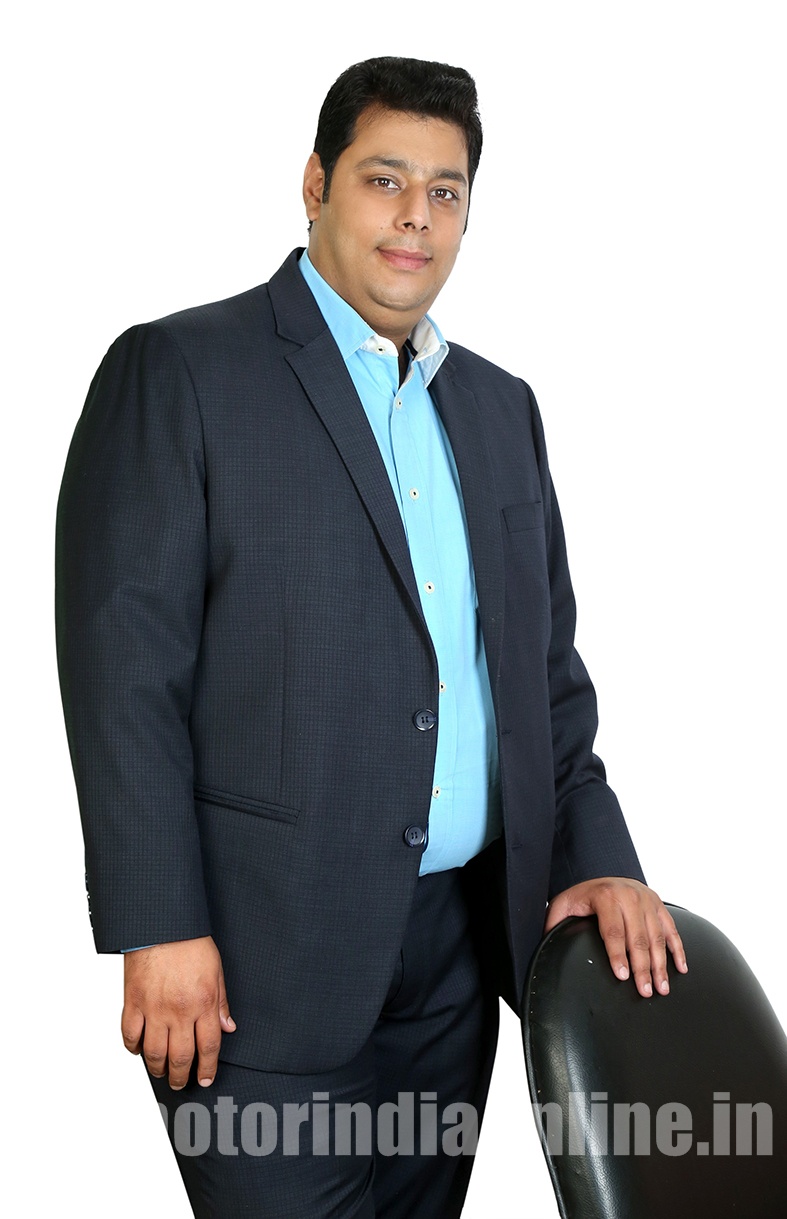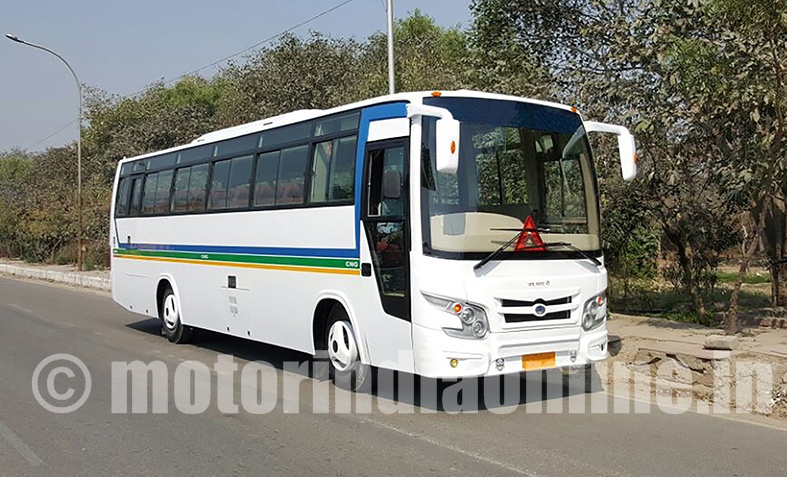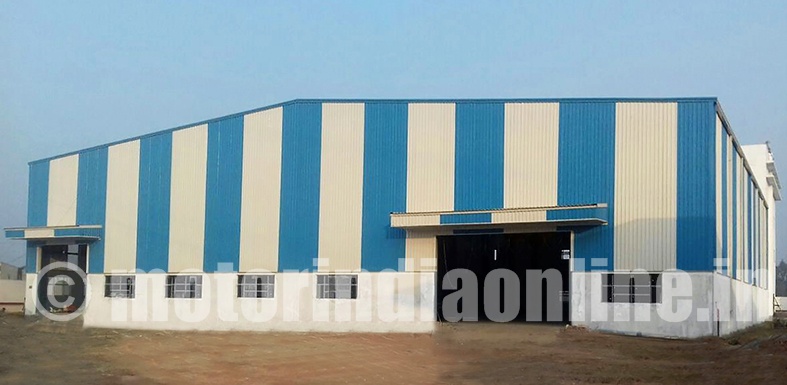Guru Ram Dass (GRD) Body Builders, a popular Delhi-based firm offering bus bodies to various travel and tour operators in North India, is betting big on its all-new model ‘G-Wings’ which was launched in April this year. The company’s first ARAI-homologated luxury bus is available in 37-41 (2X2), 47-55 (3X2) and 22-31 (2X1) seat configurations and is priced at Rs. 10 lakhs and above. To be eventually rolled out from its brand new facility at Bahalgarh in Sonipat, the next generation bus is based on Ashok Leyland’s and Tata Motors’ platforms and is sold in BS-III/IV Diesel and CNG specifications. Plans are also afoot to offer this model in midi-bus and mini-bus versions with a couple of options.

Interacting with MOTORINDIA exclusively, Mr. Mayank Kukreja, CEO, GRD Body Builders, stated: “Over the last 35 years, we have evolved ourselves to be in tune with industry standards. We have always developed products as per the norms prevalent during that time. In order to abide by the Bus Body Code certification norms, we have gone the extra mile by coming out with ‘G-Wings’ early this year. It is essentially a super-premium model with class leading safety, security and comfort features. Apart from making it cost-effective in terms of features offered, we have also enhanced the aesthetic appeal of the bus. We are targeting our existing customers with the new product. Though the response has been mixed as our existing product lines are still giving us record volumes, we are confident the numbers will perk up with the new norms coming into force.”
When asked about the ARAI certification, Mr. Kukreja revealed: “The bus structure and its design are validated by rollover tests as per AIS052 standards. Furthermore, many critical fitments like emergency exits, wiper cleaning, passenger door operations, heat insulation, window frames, AC and lighting installation have been extensively tested. We have already provided 73 models and variants to ARAI for homologation and 113 additionally will be passed by next year. The bottomline is we will meet the maximum requirements of our customers. Going forward, we are working on ARAI codes for school buses, minibuses, midibuses, luxury buses, semi-luxury buses, and AC and non-AC buses. All of them will be ready by March’17.”
Asked about the existing product lines like ‘G-Run’ and ‘G-Prim’ which are already doing brisk business, he maintained: “We have no immediate plans to discontinue them. We can also make them ARAI-compliant and sell them as per the market demand. But as the market evolves further, our customers will be gravitated to ‘G-Wings’ as they will eventually discern the value-for-money proposition of this model. Once that happens, our major focus will be on our new model.”
GRD feels the market is going through a challenging phase, especially following the demonetization and procrastination of the Bus Body Code, but hopes the situation would revive in the near future. “From next January, when the Bus Body Code certification becomes mandatory, we expect an upswing in volumes. We are already proactively working on it. Moreover, the rising aspirations of the end customers (tourists and travellers) about hi-quality model will compel tour and travel operators to present new models.”
When asked to present his views on OEMs increasingly focussing on bus body making, Mr. Kukreja affirmed: “The market is so huge that there is scope for growth for everyone. No single OEM can cater to all the needs of the market with different demand patterns of different types of customers. Feature modifications like colour schemes, interiors, exteriors, finishing parts are something that we are doing without compromising on the safety parameters. That is the reason we are able to carve our niche in the market. Both of us will co-exist in the market in the future.”
Asked to present his views on leap-frogging of the emission norms, he affirmed that he appreciated the move by the Government and the OEMs should also embrace it because it is in the larger interest of our country, i.e., protecting the health of the people. ”Euro VI is a good decision by the Government and we wholeheartedly support it.”
Meanwhile, the company is gearing up to commence production from its Bahalgarh plant by the last quarter of this financial year. Nearly 75% of the unit’s construction is complete with an in-house R&D centre already been established. “We have hired an in-house R&D team of engineers. While the prototype testing begins in January, commercial production of buses will happen in March. We will be rolling out 2 buses per day in a single shift initially that will ensure 600 buses per annum are produced in the first phase. We will be commencing the second shift in the next phase which will double our output. We are working on line balancing, process planning, process flow and training workers to accomplish the desired production. Unlike now, only ARAI approved models will be built there as that is the future,” revealed Mr. Kukreja.
At present, GRD is aiming to sell 250-300 vehicles per year as per current production. Its primary focus will be towards large 41-seater luxury buses which are 11 metres in length. Apart from the northern part of India which it is already serving, the company is getting a good number of enquiries from Maharashtra, Bangalore, Hyderabad, etc. However, it is only exploring the feasibility for these areas and are deliberating on stainless steel structure to suit their weather conditions.
When queried about the emerging trends and growth opportunities for GRD, Mr. Kukreja concluded by saying: “Transport operators are switching away from roadside bodymakers to established players like us. Moreover, people are encouraged to use public transport instead of using their personal vehicles. As a result, there will be an incremental demand for our products. Thirdly, the boom in the infrastructure sector is boosting the premium bus segment in the country. For buses to evolve further, I do foresee having an in-house toilet, especially for long routes. This is expected to be a standard fitment in buses. There will also be a two-way GPS System which can be tracked by the passengers’ relatives too. There will also be an inflow of sleeper coaches, especially during daytime.”

